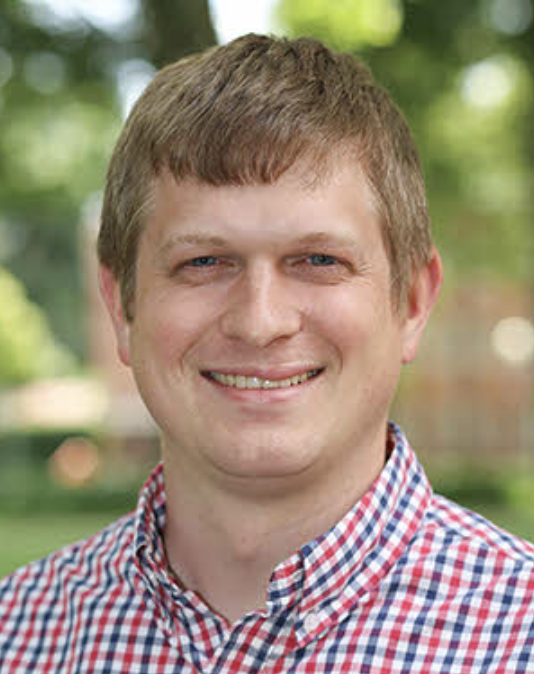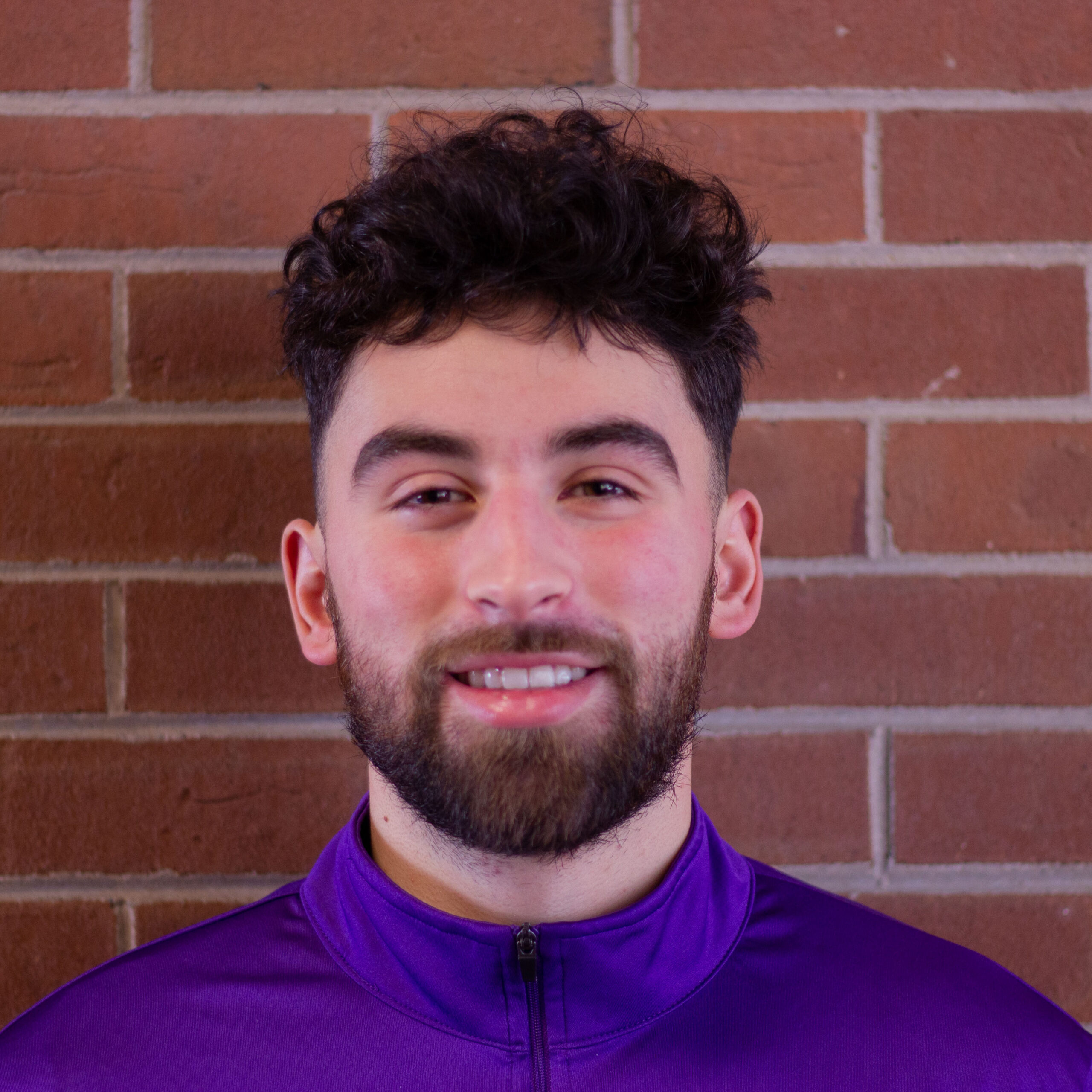As the director of institutional research and assessment at Goshen College, Justin Heinzekehr knows Goshen College as well as anyone – perhaps better than anyone.
Heinzekehr said, “My work falls into three main categories: data analysis/maintenance, assessment and accreditation. The first part of my job has to do with connecting all the different pieces of data that we collect as a college and using that data to create meaningful information that we can use to make decisions on campus.”Another main part of his responsibilities is making sure that students are meeting the learning outcomes the Goshen College has set for their academic programs. If a major promises that students will “comprehend a core of knowledge in the field,” for example, Heinzekehr oversees the development of measures to monitor, from year to year, whether that is true.
This type of career isn’t one that many students may be familiar with; however, Heinzekehr said he recommends the career; he said he really enjoys what he does.
When Heinzekehr studied religion as a student at Goshen College more than a decade ago and went on to earn a doctorate at Claremont School of Theology, he said he wasn’t intending to become a director of institutional research, although he ultimately saw himself working in higher education.
“During both college and grad school, I discovered that I enjoyed working with data and enjoyed being part of the behind-the-scenes decisions in administration,” he said. “Institutional research is also an area that’s growing, so those skills were in demand and will likely continue to be in demand.”
Through his work Heinzekehr can understand Goshen College better and examine what the school excels at. With data collection, it’s also helpful to see how Goshen College compares with other schools.
“GC always stands out in terms of students’ engagement in hands-on learning, or what we sometimes call ‘high impact’ practices,” he said. “Those are things like study abroad, internships, service learning, etc. Advising and relationships with faculty is another real area of strength.”
Heinzekehr also mentioned that Goshen College also has a high retention rate with BIPOC students and first-generation students. This fall, the first-to-second year retention rate of the 2021 frosh cohort was the same among BIPOC students and all other students (80%).
This information is key to help GC recruit new students who will excel within the campus environment. To find this data and other student retention statistics the Goshen College Factbook is publishing an updated version on the website in November.
Heinzekehr explained how the process of data collection at the school is done. “We’ve got a student information system to track these stats,” he said. “Most colleges would have one, and the one we use is called Jenzabar.”
The data comes from anywhere on campus at the office level. “The registrar handles a lot of the student data put in like grades, classes, schedules, and all that stuff,” he said. “The admissions office uses Sales Force to put their data into Jenzabar as well.”
He also noted that the school’s development team puts alumni data into Jenzabar as well. At the heart of this research and assessment, he said, is a desire to help Goshen College understand where improvements can be made and how to become a better school.
“One big focus is trying to make sure that some of our most unique programs, like SST, are accessible to all of our students,” he said. “It’s been a multi-year project to figure out how we might revise SST and make sure that the learning outcomes for different SST options are similar.”
In another significant initiative, Heinzekehr is working with the administration to improve the efficiency in the process of awarding scholarships. GC has hundreds of donors looking to give back to students in specific fields or under specific criteria; there’s a challenge in how to best match these intentions with student needs.
Heinzekehr’s office created a database to efficiently link students with scholarships.
“I think now we’ve come up with a really nice system that really makes it faster to award scholarships,” he said. “Now we can award the more specific scholarships first, then work toward the more general ones.”
“We can also see how many funds we have where there aren’t any students that meet the criteria. . . . Then we can go back to development to work with donors to see if they can broaden that out to be able to use the funds. So, it’s a benefit for everyone.”




